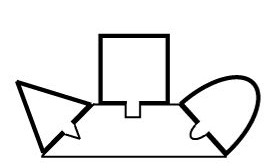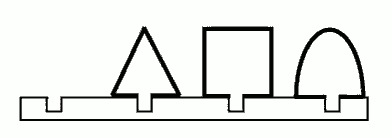Types of modular interface design
After a lesson on modular architecture from a System Architecture course, I find myself referencing back to the topic of modular interface design to gather inspiration.
As described in Product Design and Development by Karl Ulrich and Steven Eppinger, there are 3 types of modular interface design.
To cater for future reference, I documented some information about 3 types on modular interface design in this post.
Slot Modular Architecture
The Slot Modular Architecture consists of elements with differing interfaces.
Each element shares a unique interface with a base element. As such, the elements cannot be swapped around.

Examples of Slot Modular Architecture includes:
- Low cost desktop computer with the Raspberry Pi 3 board as the base element.
- ASUS Chromebook Flip C302 with Intel Core m3, 12.5-Inch Touchscreen, 64GB storage and 4GB RAM; with ASUS Chromebook as the base elements connecting to different peripherals.
Bus Modular Architecture
The Bus Modular Architecture uses a common bus, or similar concept. Each element connects to the bus or base element through the same type of interface.

Examples of Bus Modular Architecture includes:
- Anker 4-Port USB 3.0 Ultra Slim Data Hub as the base element to connect to different USB peripherals.
- The GPIO ports on the Raspberry Pi Zero W as the base element connecting to different sensors.
- GE Grounded 6-Outlet Wall Tap as the base element to connect to multiple home appliances.
Sectional Modular Architecture
In a Sectional Modular Architecture, there is no common bus or base element which interfaces with other elements. Each element uses a common set of interface to connect with each other.

Examples of Sectional Modular Architecture includes: